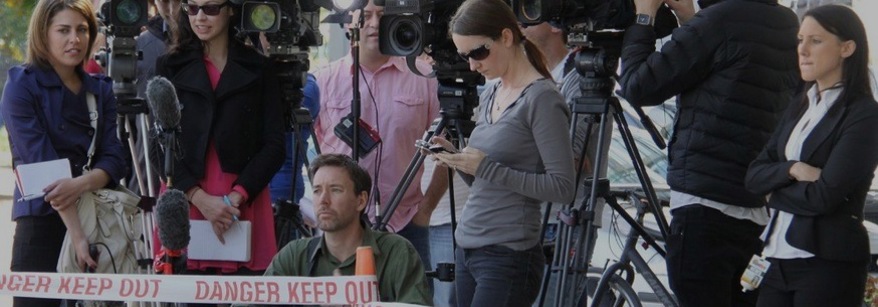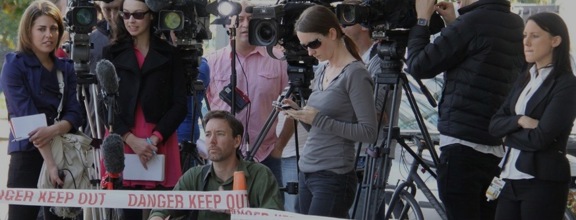

Whakatane Futureproof investigations continue
Bay of Plenty Regional Council is undertaking geotechnical investigations along the Whakatāne River between the McAlister Street Pump Station and the Whakatāne Yacht Club over the next two weeks.
This is all part of Toi Moana’s efforts to understand more about the condition of our flood defences below the ground surface, with the work focused on finding out the soil composition and stability of the stopbank.
At times there will be some disruption to users of the Warren Cole River Walk as the walkway will need to be temporarily closed. There will be detour signs to follow.
In April 2017, the Whakatāne District experienced widespread damage to homes, property, businesses, the natural environment and key infrastructure as a result of ex-Tropical Cyclones Debbie and Cook. Analysis of data gathered during that time, together with our growing the growing body of knowledge about changing weather patterns, has shown our flood defences on the lower Whakatāne River need to be upgraded if they are to continue to protect the community from flooding in the coming decades.
This programme of work has been called Whakatāne Future Proof and will first address known seepage issues on sections of the stopbank along Kakahoroa Drive and Quay Street. Seepage is when water passes through a stopbank in heavy rain events– and while some seepage is normal- if too much water escapes, the pressure can lead to stopbanks collapsing.
The results of these geotechnical investigations will then be combined with previous investigations to help determine what upgrades the stopbank or floodwalls will require from McAlister Street Pump Station through to the Heads.
Bay of Plenty Regional Council Engineering Manager Mark Townsend says the project is significant for Whakatāne.
“We are working collaboratively with Whakatāne District Council and Ngāti Awa and will be involving the Whakatāne community on what a possible upgrade of the stopbank and floodwalls could look like above the ground. We will be sharing more details and information on opportunities for the community to share their thoughts soon.”
“Alongside this work, our Council is also looking into the bigger, longer term, flood protection picture. With Climate Change we can expect to see an increased likelihood of more frequent and more intense storms alongside a rise in sea level. This leads to questions around how we balance the cost to ratepayers while maintaining and upgrading this key infrastructure. We will need to have further conversations with the community and look at different ways to manage flood protection in the years to come, while minimising impacts on the environment.”
ENDS
